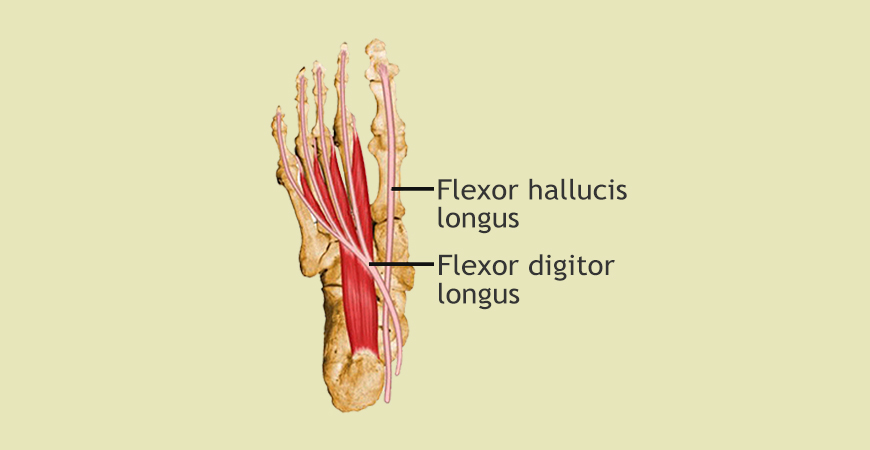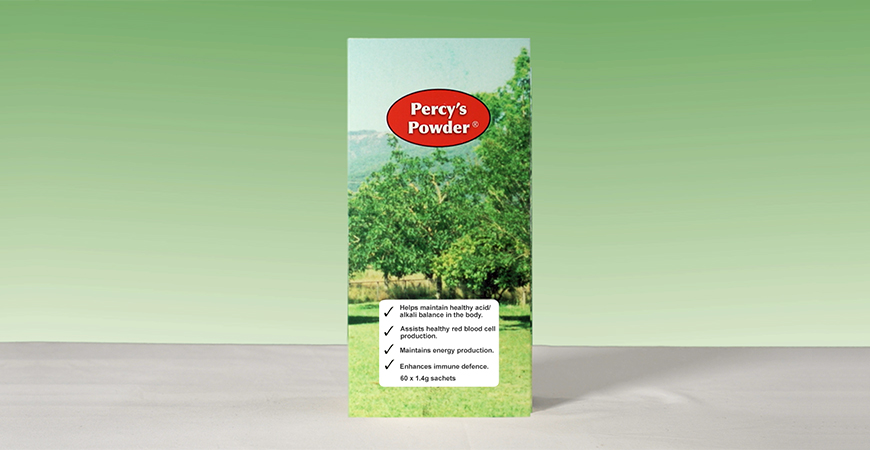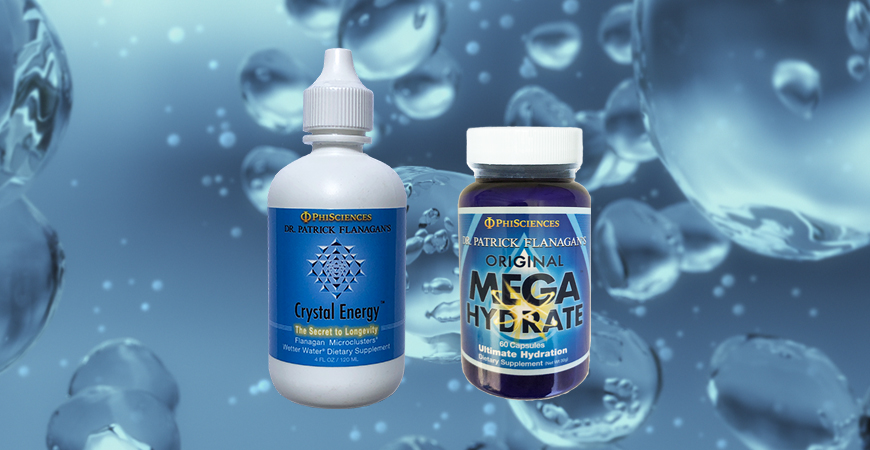Essential oils that have favourable benefit to the body (i.e. therapeutic grade) are considered expensive to manufacture simply because of the way the oil is extracted from the plant species.
This expense in manufacture of “high quality” essential oils creates temptation on the part of oil suppliers to tap into this lucrative market and supply oils that look and smell the same but in reality are nothing but cheap imitation.
A common practice is to take a beautiful healing oil… let’s say Frankincense (there must be some higher reason why this oil has been used by religion and in religious ceremonies) and dilute it with a liquid that has no odour or colour and sell it cheaply in health food stores.

i’ll guarantee you no Pope goes to the health food store to buy Frankincense for ceremonial oil.
The 100% essential oils you find in the health stores are not the same as 100% therapeutic grade oil.
Having therapeutic on the label tells you the oil still has its healing compounds intact and can be applied to and taken internally.
Another way to sell Frankincense (and this goes for all the essential oils) cheaply in health food stores is by saving money in the distillation process.
By distilling at high temperature and under high pressure, the distillation process can be significantly reduced. Thus the manufacturer saves money and so do you.
But, it’s not 100% therapeutic grade oil. Remember, having 100% therapeutic on the label tells you the oil still has its healing compounds intact.
Hidden additives camouflage the truth
The use of petrochemical solvents to extract the oil from the plant species is also a common practice, but this leaves toxic residue in the finished oil. So it’s not 100% therapeutic grade oil.
Unfortunately for all involved, there is a purposeful deceit of extracting oils from similar plants that are inexpensive to grow and distill.
By deleting certain compounds or adding synthetic compounds to imitate the smell or taste of the expensive oil, one can be fooled into thinking it the real deal. Again it’s not 100% therapeutic grade oil.
My only advice to anyone curious about essential oils is to maintain your own intelligence and read the label.
If the bottle of whatever essential oil you are purchasing, doesn’t have 100% therapeutic grade written on it, then you know the chances are it’s not a pure oil and thus you should be wary about putting it directly on your skin or ingesting it.
All of these shortcuts and deceptions in manufacture can leave you with an oil that may have the flavour or fragrance of what you are looking for, but you can be guaranteed the compounds necessary for the oil to have healing properties, are not there.
And if they’re not in the oil, they’re not going to benefit you.
Save your money and get the real deal!
Reminds me of an old add on the telly for petro-chemicals… Oils ain’t oils Sol!



